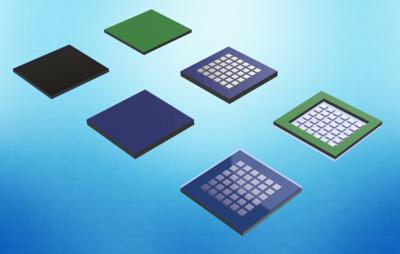Artificial Dielectrics for High-frequency On-Chip antennas (AD-HOC)
The AD-HOC project aims at exploiting the breakthrough technology of Artificial Dielectric (AD) layers as the solution to the surface-wave problem of High-frequency On-Chip antennas. The processes necessary to micro-fabricate AD layers will be optimized with the goal of achieving reliable manufacturing, while offering design flexibility at low costs. This will allow the wide exploitation of the AD layers, as they can be used by industrial technology providers as add-on components to at least double the efficiency of their integrated circuit front ends.
By overcoming the fundamental limitation of integrated antennas, AD layers have high potential to become a “standard” component in all future car-safety and wireless-communication devices. The AD-HOC project will bring this innovative technology to a pre-demonstration stage to strengthen commercialization and scaling-up opportunities.

Project data
| Researchers: | Cinzia Silvestri, Daniele Cavallo, Lina Sarro, Andrea Neto |
|---|---|
| Starting date: | January 2017 |
| Closing date: | June 2018 |
| Funding: | 150 kE; related to group 150 kE |
| Sponsor: | ERC |
| Contact: | Daniele Cavallo |